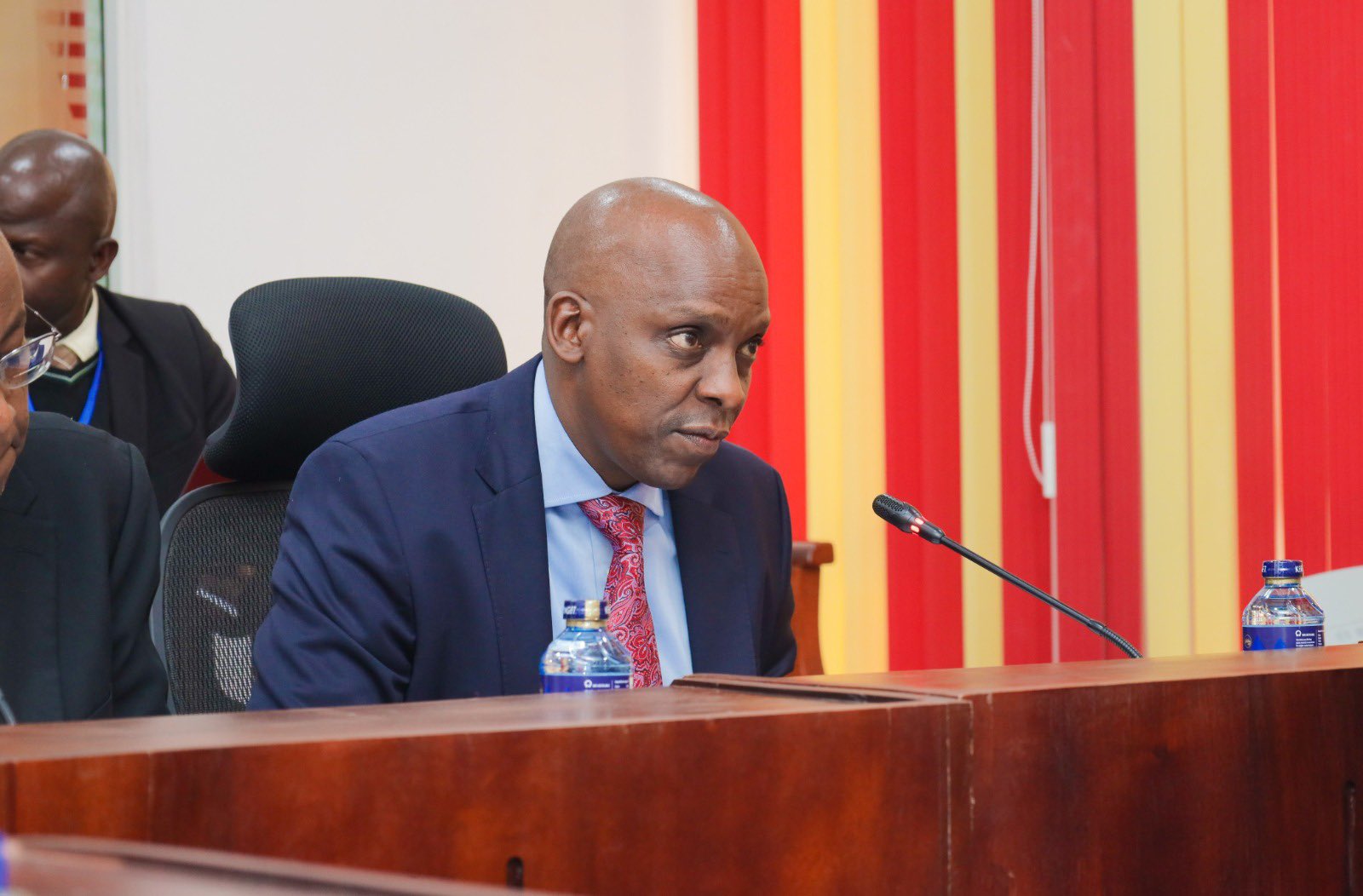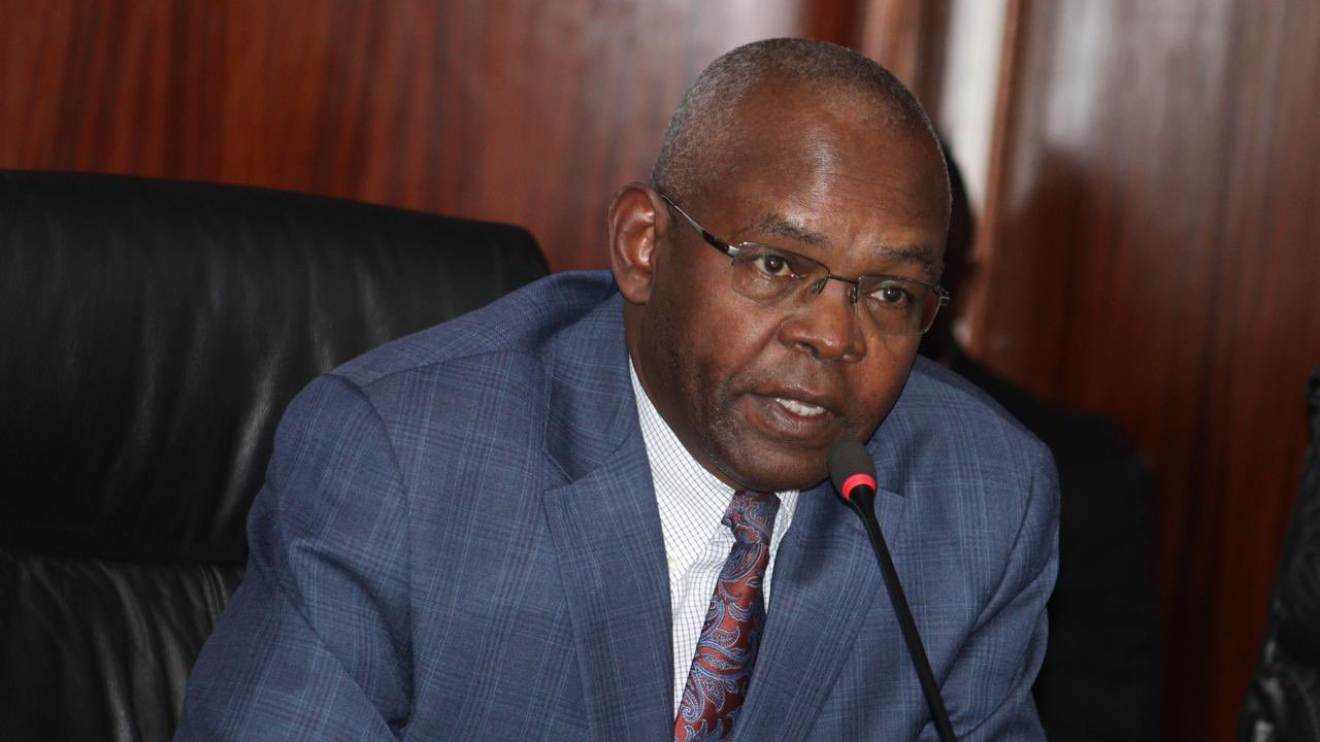Absa Bank Kenya PLC has demonstrated robust financial performance in the first half of 2024, with a remarkable 29 per cent increase in profit after tax, bringing the total to Sh10.7 billion.
This growth was largely driven by strong top-line figures and operational efficiency, positioning the bank favourably despite economic headwinds.
Abdi Mohamed, Managing Director and CEO, commented on the results, highlighting the Bank’s strategic prudence and customer resilience.
"This commendable outcome, realized amidst a challenging macro-economic environment, underscores the efficacy of the Bank's growth strategy and its unwavering dedication to providing relevant financial solutions that address the diverse needs of individuals, enterprises, and communities because we want to continue being a critical enabler to their growth stories," Mohamed stated.
Read More
Revenue Growth and Profitability
Total revenues surged by 16 per cent year-on-year, reaching Sh31.8 billion by the end of June 2024. A significant portion of this growth came from net interest income, which rose by 20 per cent to Sh23 billion.
The bank's interest-earning assets have remained a key driver, helping sustain its profitability during the period.
Non-funded income also saw a positive trend, with an 8 per cent rise to Sh8.8 billion, reflecting gains from transactional fees, commissions, and other income streams.
Deposits and Lending
Customer deposits grew by 6 per cent, closing at Sh353.3 billion, a solid vote of confidence from Absa’s clients during an economically tough period. On the lending front, the bank recorded a substantial increase in loans and advances, which grew to Sh316.3 billion.
This was supported by Sh64 billion in new gross lending, directed primarily towards high-impact sectors including manufacturing, trade, and agriculture.
Operating Efficiency
Operationally, Absa Kenya has continued to maintain a lean and efficient structure. The bank's cost-to-income ratio improved to 47.8 per cent, down from 49 per cent in the same period last year, reflecting a disciplined approach to managing costs.
Operating expenses increased by 10 per cent, reaching Sh15.2 billion, driven by inflationary pressures and strategic investments in technology and talent.
Asset Quality and Risk Management
Absa Bank Kenya also showcased a strong asset quality position, with its non-performing loan (NPL) ratio improving to 7.8 per cent compared to 8.1 per cent in the previous year.
Loan loss provisions were recorded at Sh2.7 billion, a prudent measure given the economic challenges. Recoveries on non-performing loans contributed positively, helping to stabilise the portfolio.
Capital and Liquidity
The bank maintained a robust capital position, with core capital standing at 17.3 per cent, comfortably above the regulatory minimum.
Absa Kenya’s liquidity ratio also remained solid at 34.7 per cent, ensuring the bank has sufficient buffers to meet its short-term obligations and continue expanding its lending operations.
Key Ratios and Figures:
Total Revenues: Sh31.8 billion (+16 per cent YoY)
Net Interest Income: Sh23 billion (+20 per cent YoY)
Non-Funded Income: Sh8.8 billion (+8 per cent YoY)
Customer Deposits: Sh353.3 billion (+6 per cent YoY)
Loans and Advances: Sh316.3 billion
Operating Expenses: Sh15.2 billion (+10 per cent YoY)
Cost-to-Income Ratio: 47.8 per cent
Non-Performing Loan Ratio: 7.8 per cent
Loan Loss Provisions: Sh2.7 billion
Liquidity Ratio: 34.7 per cent
Core Capital: 17.3 per cent.
The Board has approved an interim dividend of Sh0.2 per share, reflecting the Bank’s commitment to delivering shareholder value.
Yusuf Omari, Chief Finance Officer, remarked, “Our strong performance on profitability and capital position allows for capital distribution. In line with our commitment to delivering value to our shareholders, the Board has approved a payment of an interim dividend of Sh0.2 per share, which is consistent with our overall strategy to provide attractive returns to our shareholders.”
This impressive set of metrics highlights Absa Bank Kenya’s strong performance in the first half of 2024, driven by prudent management and strategic growth initiatives.








